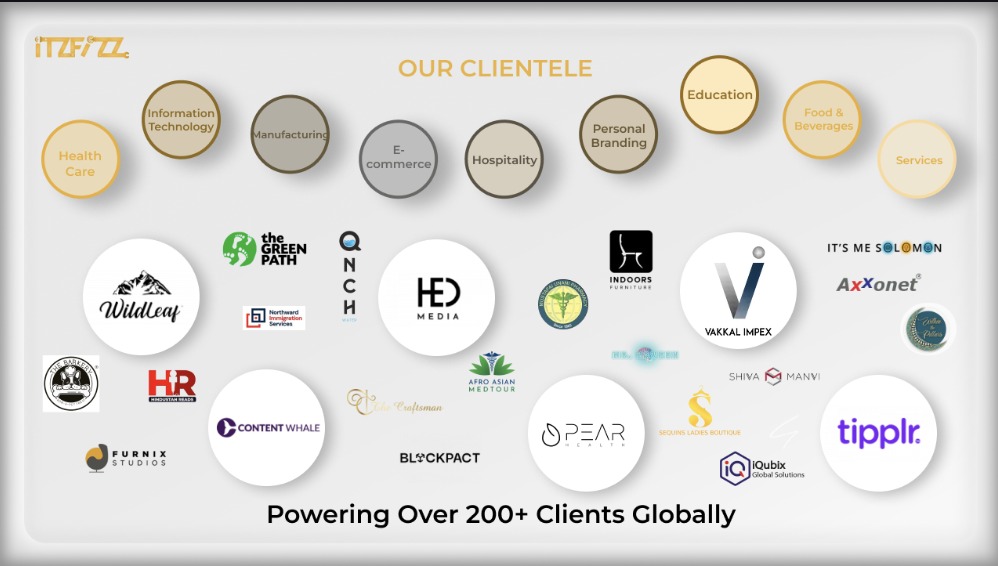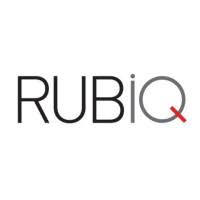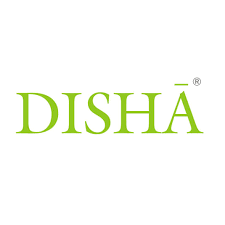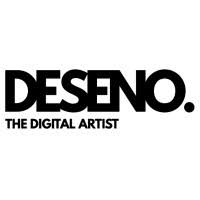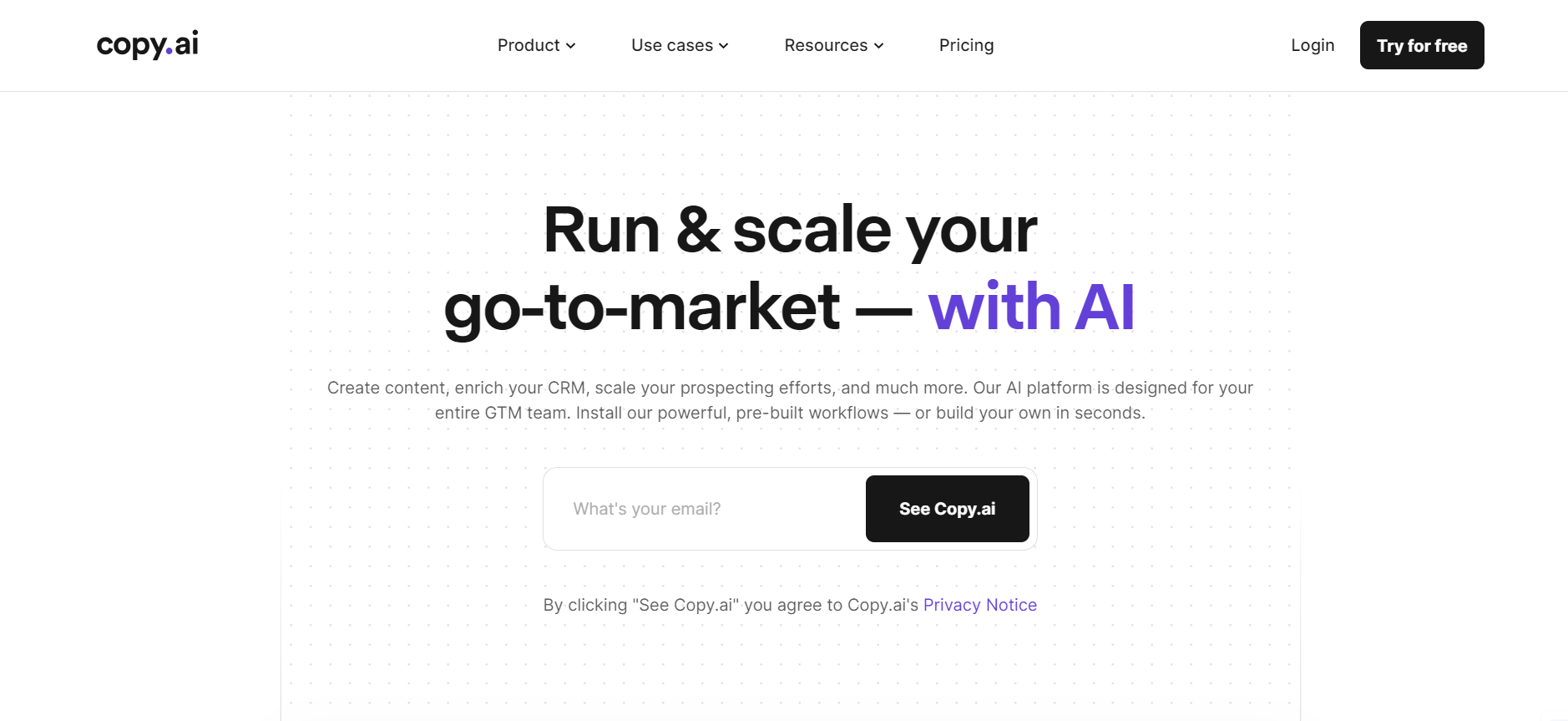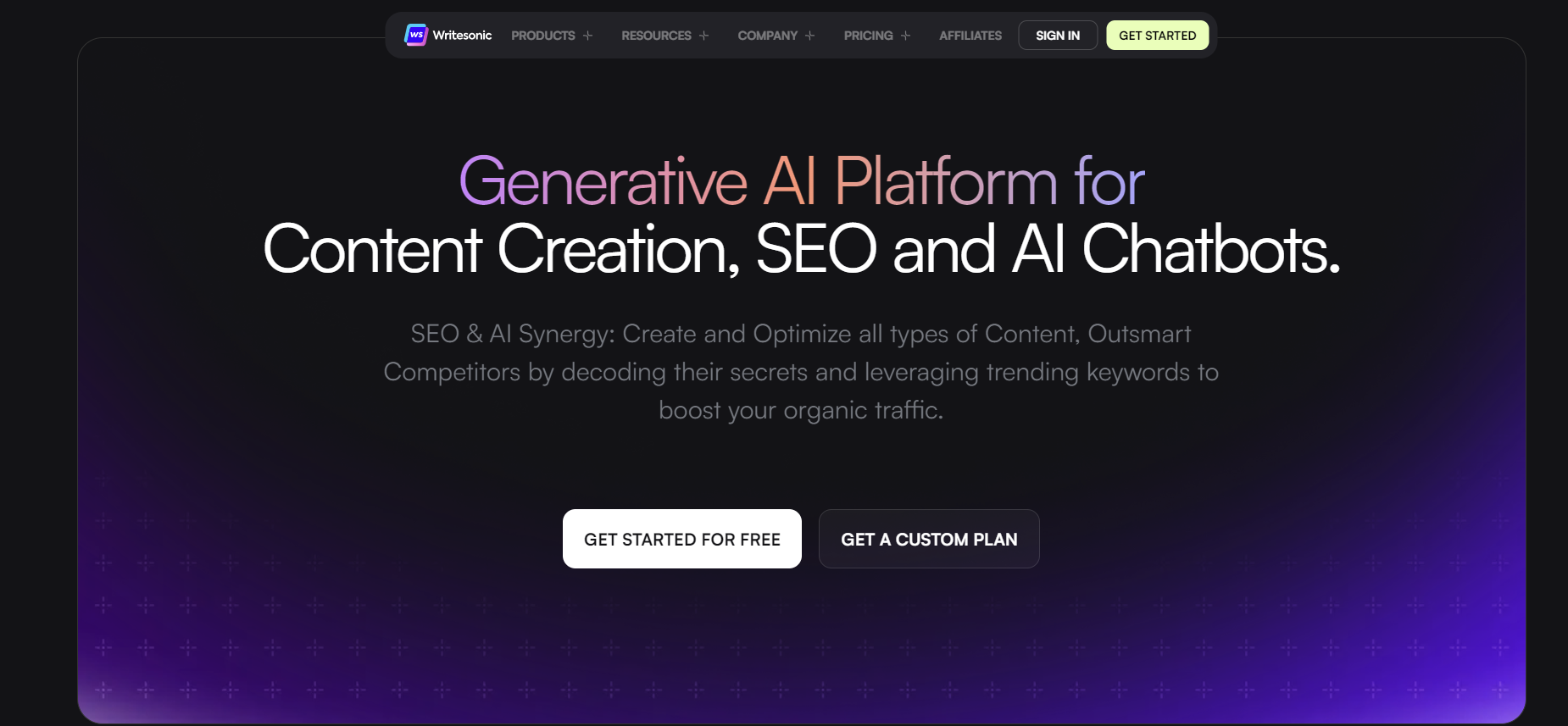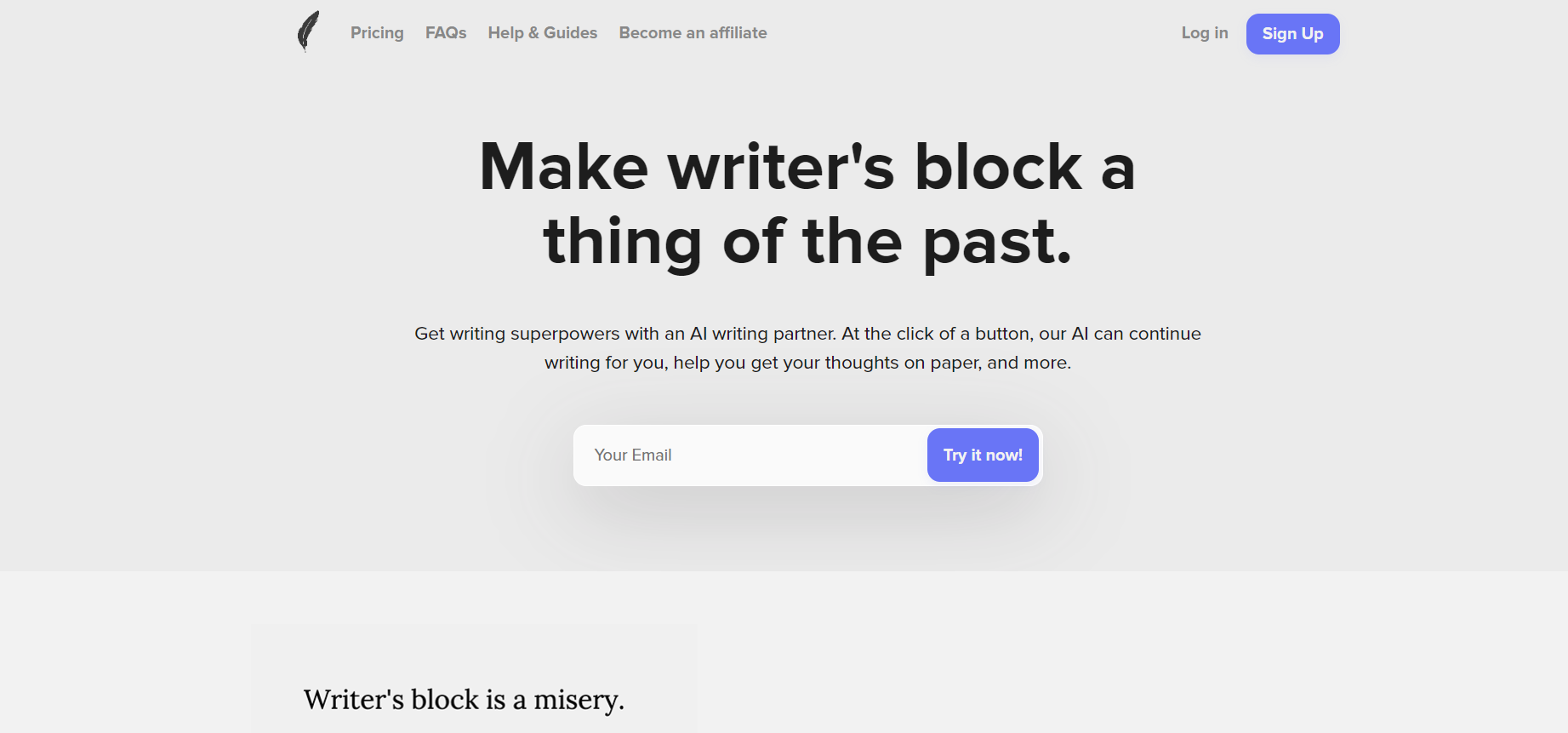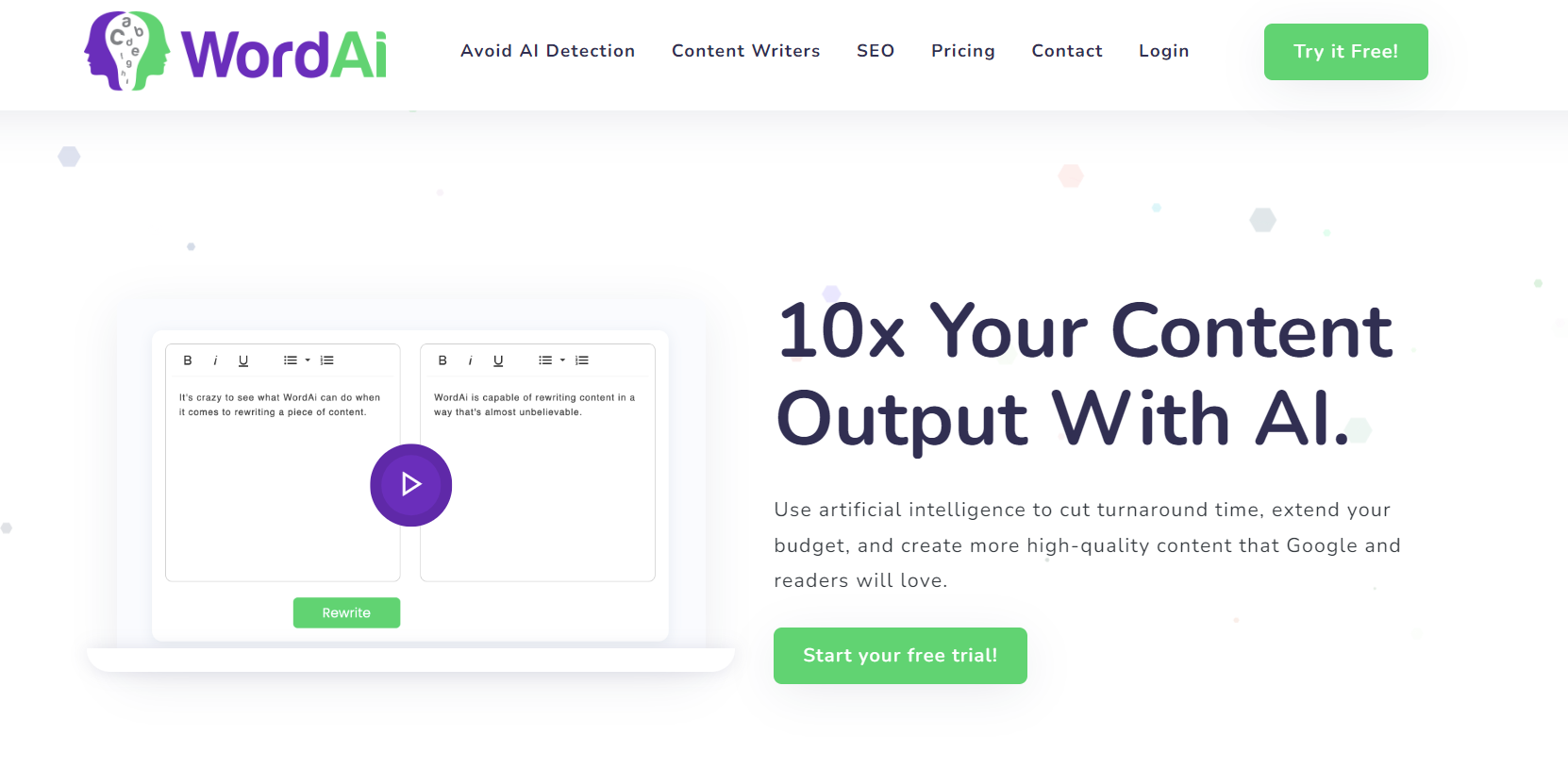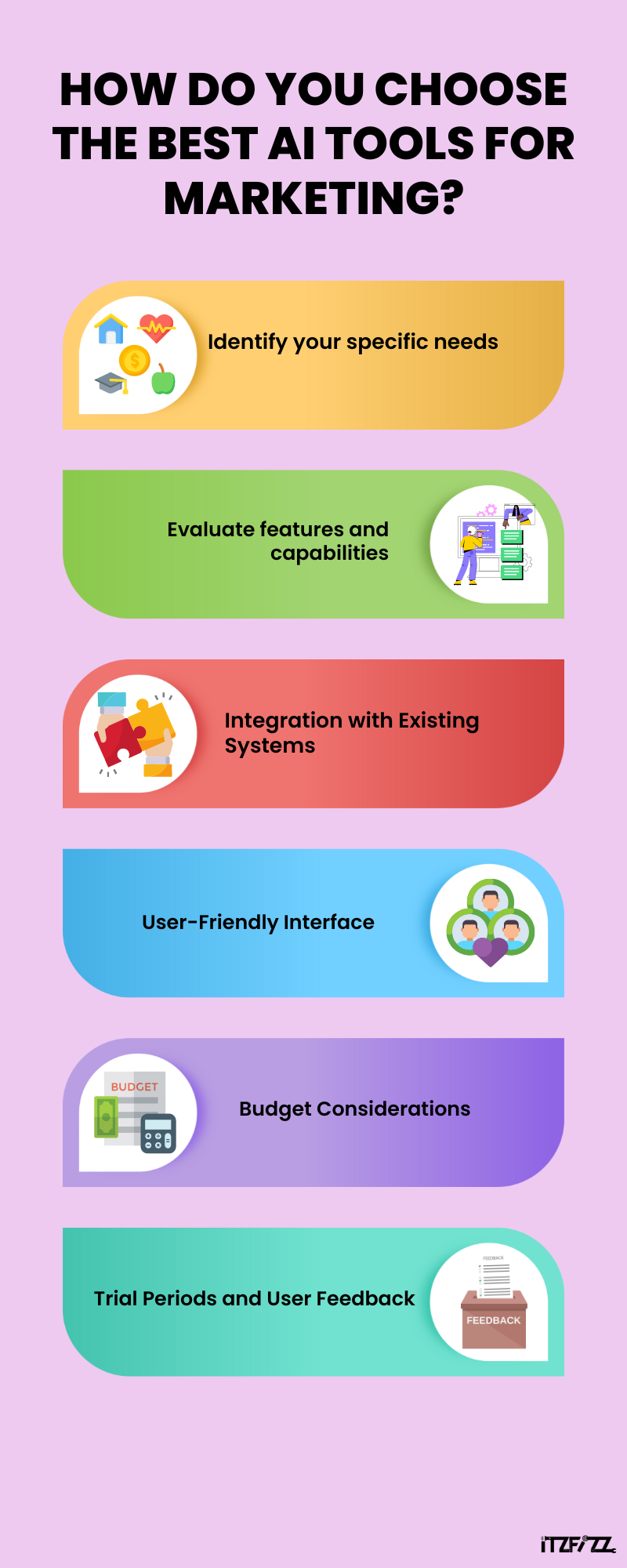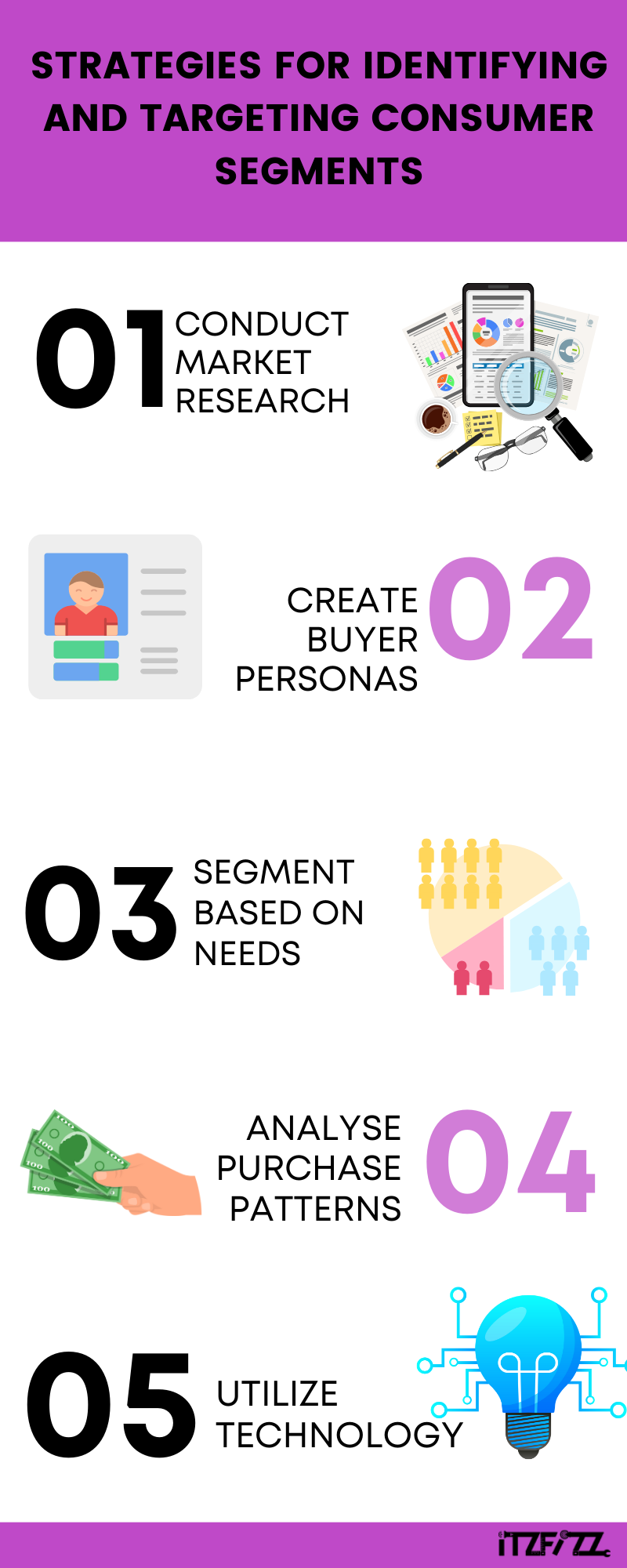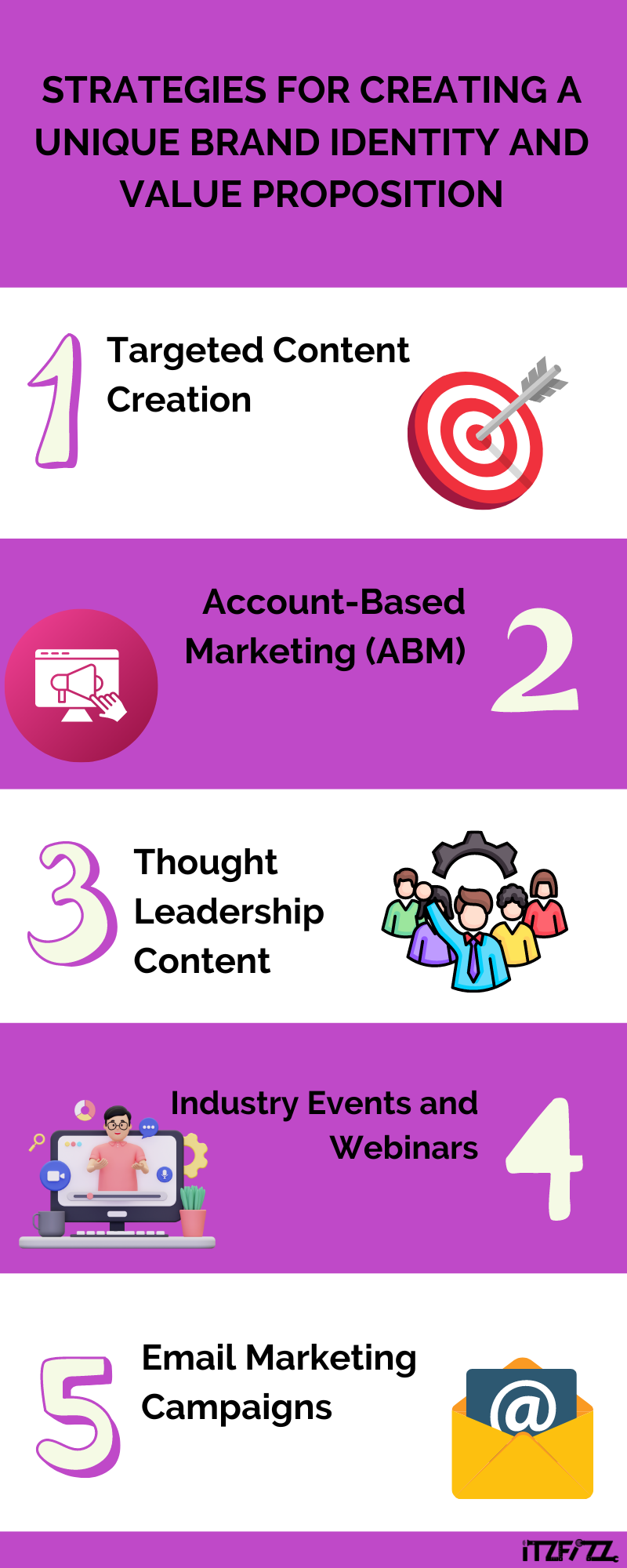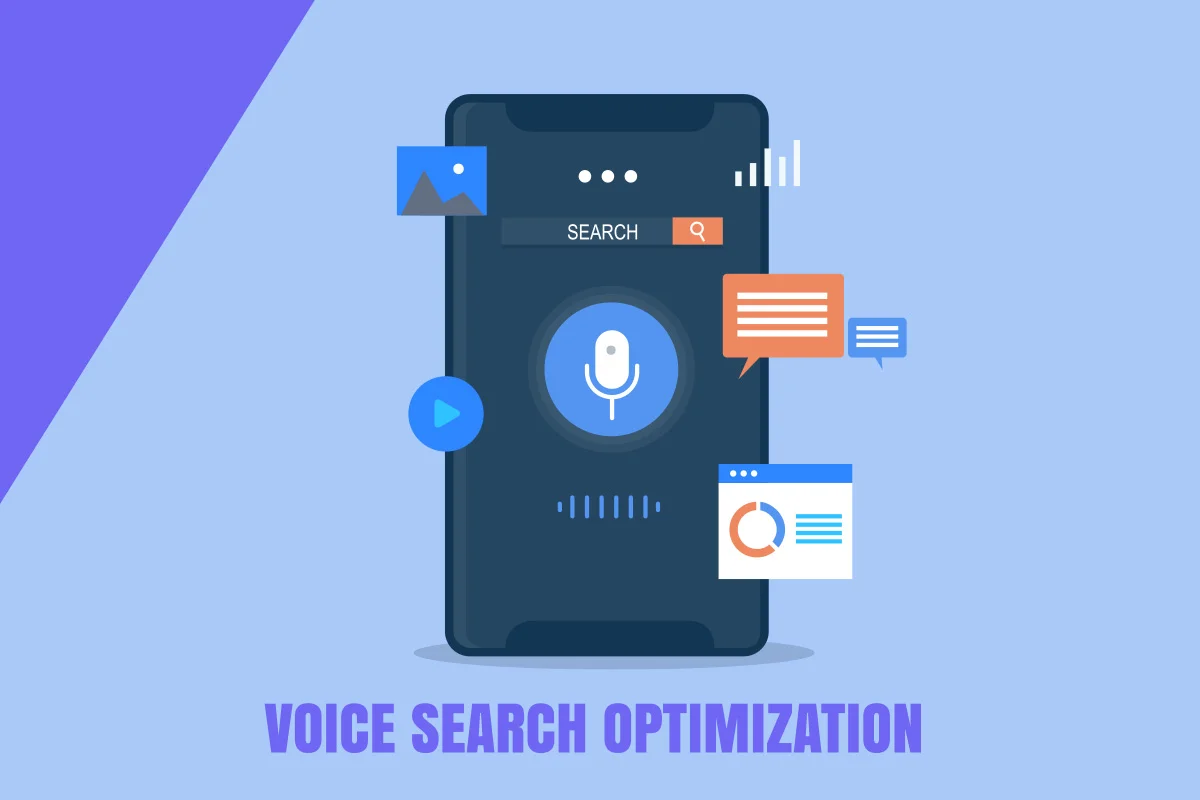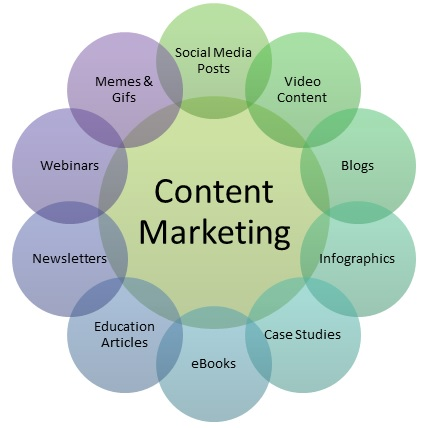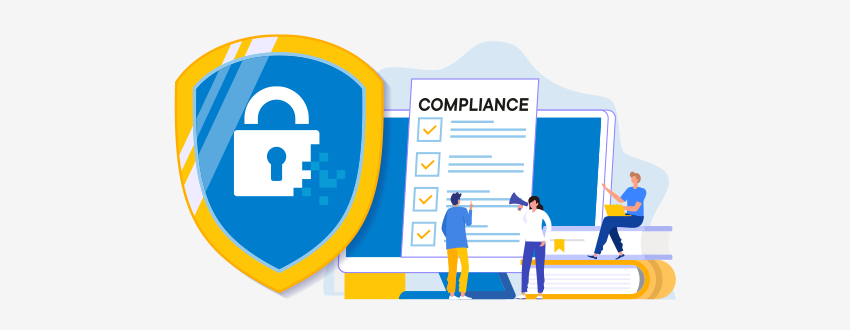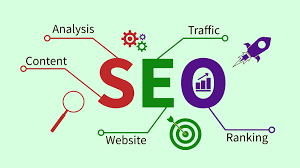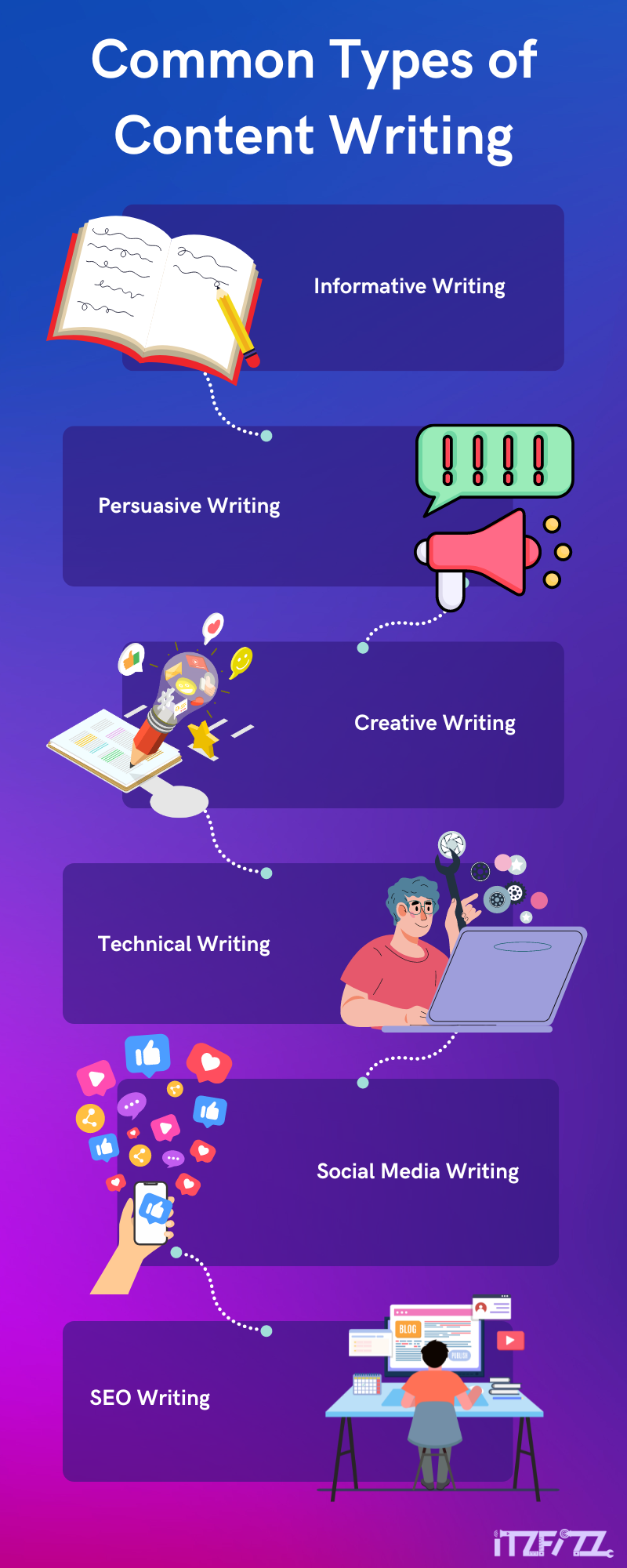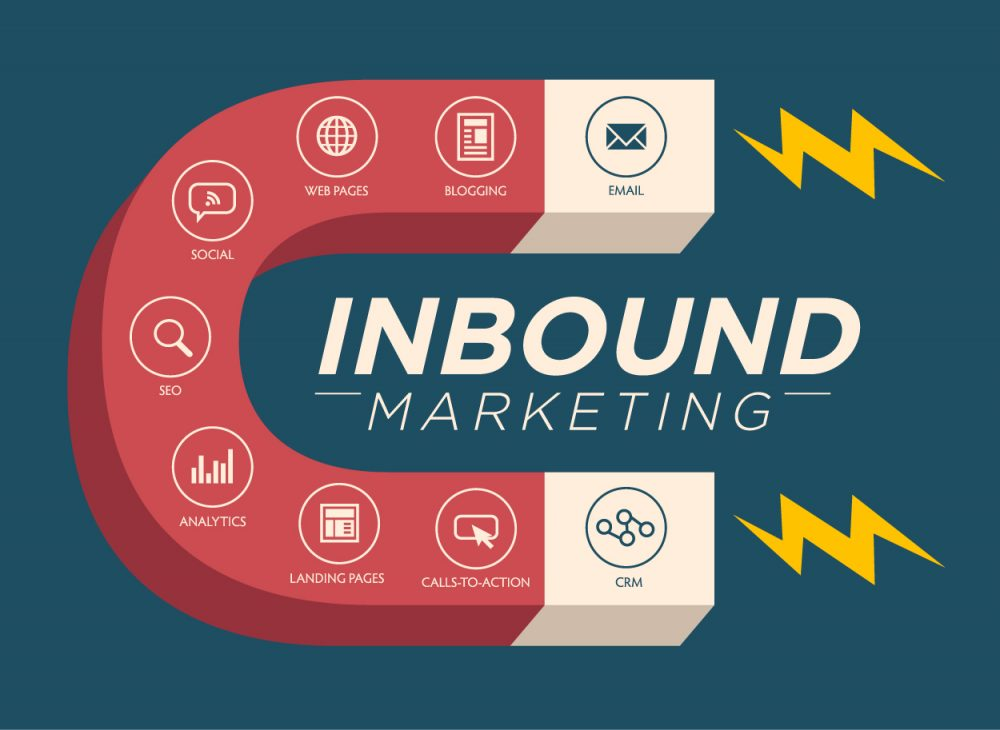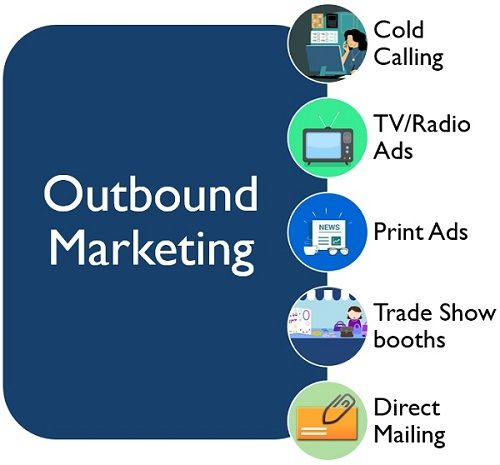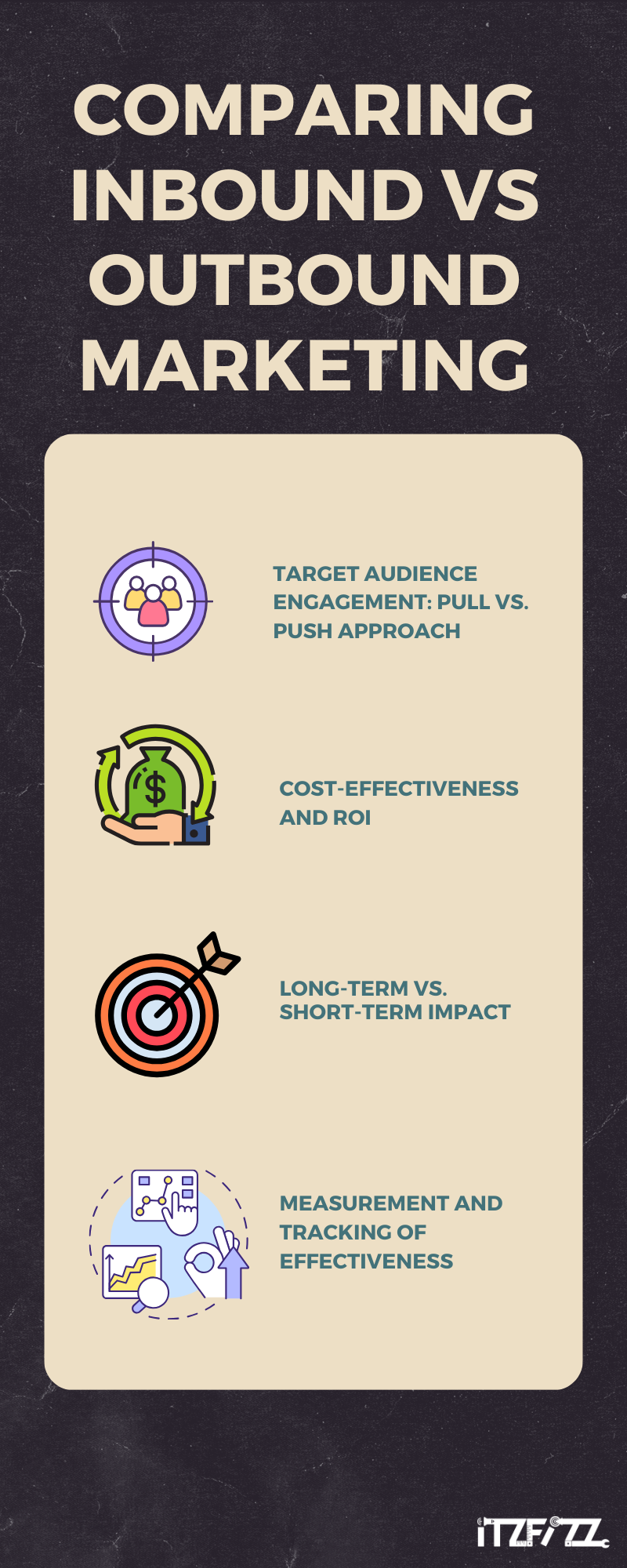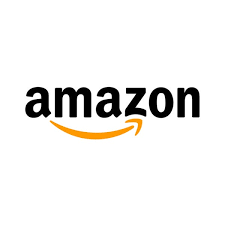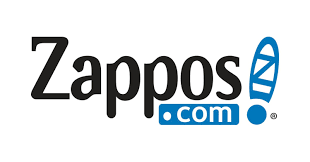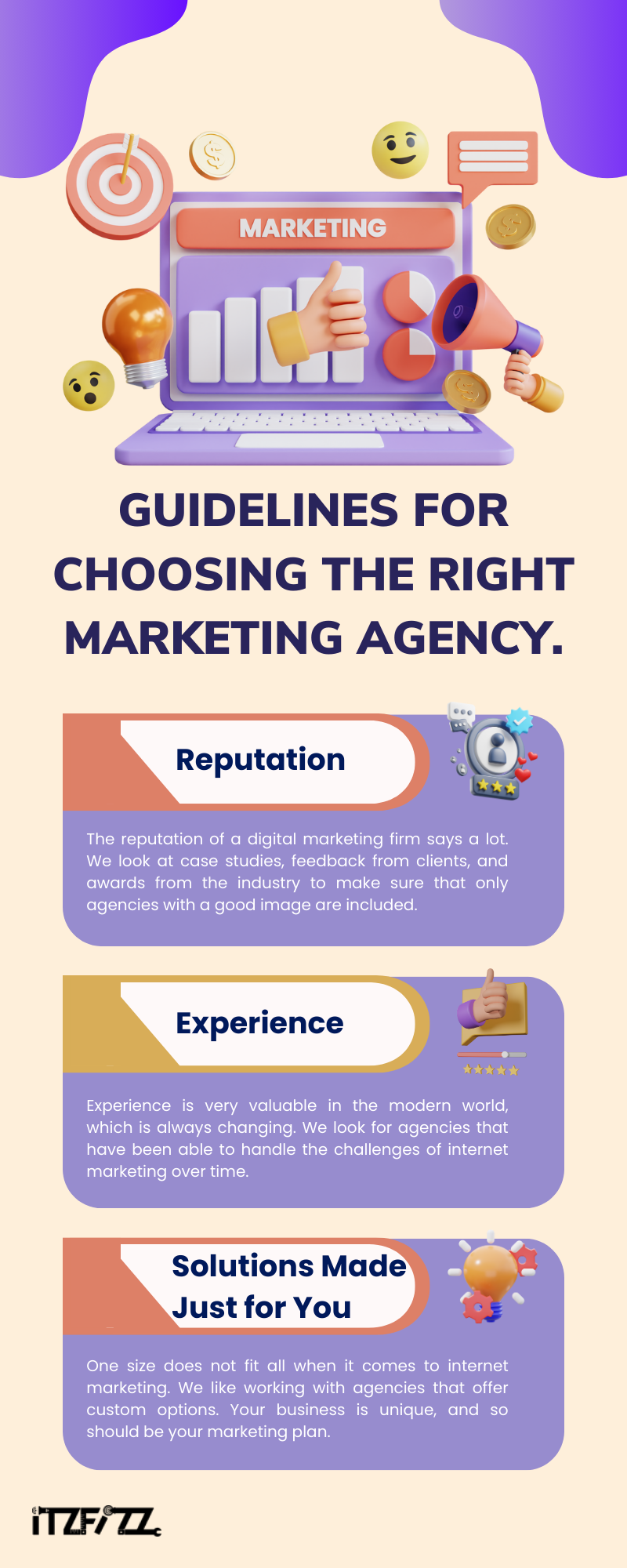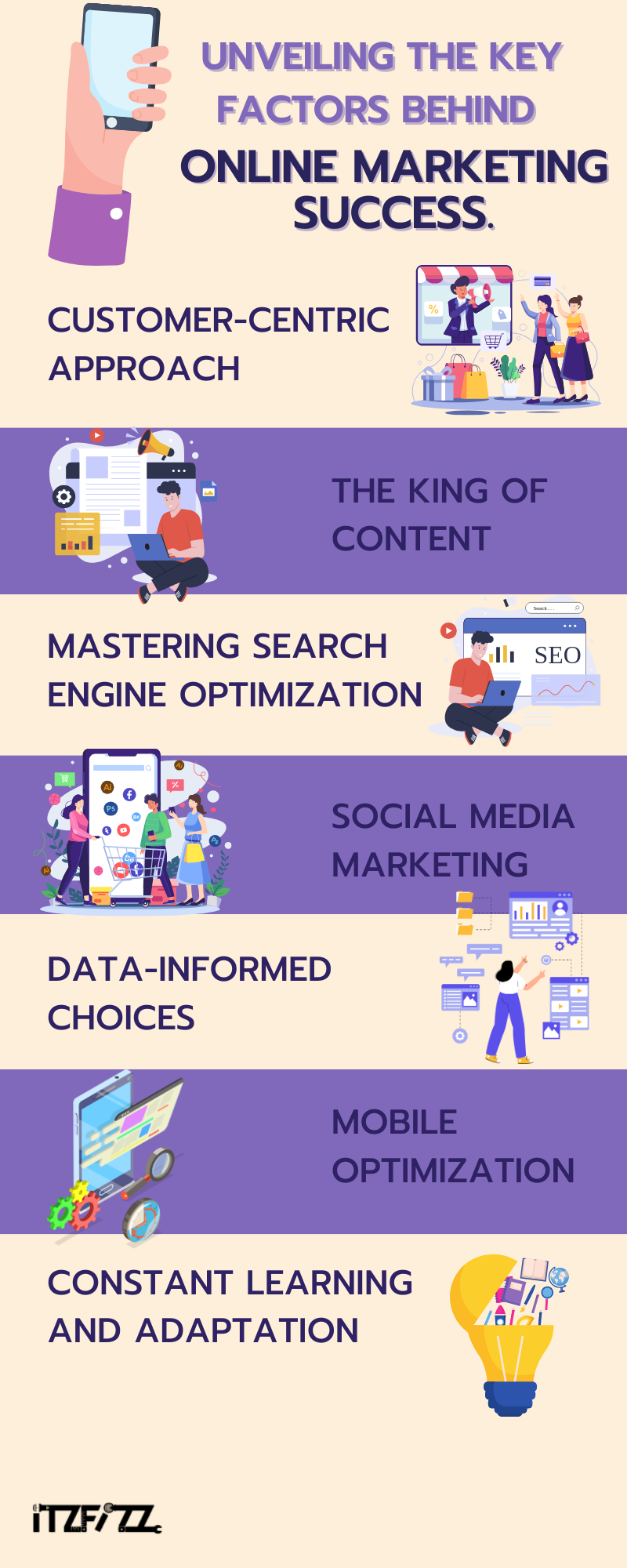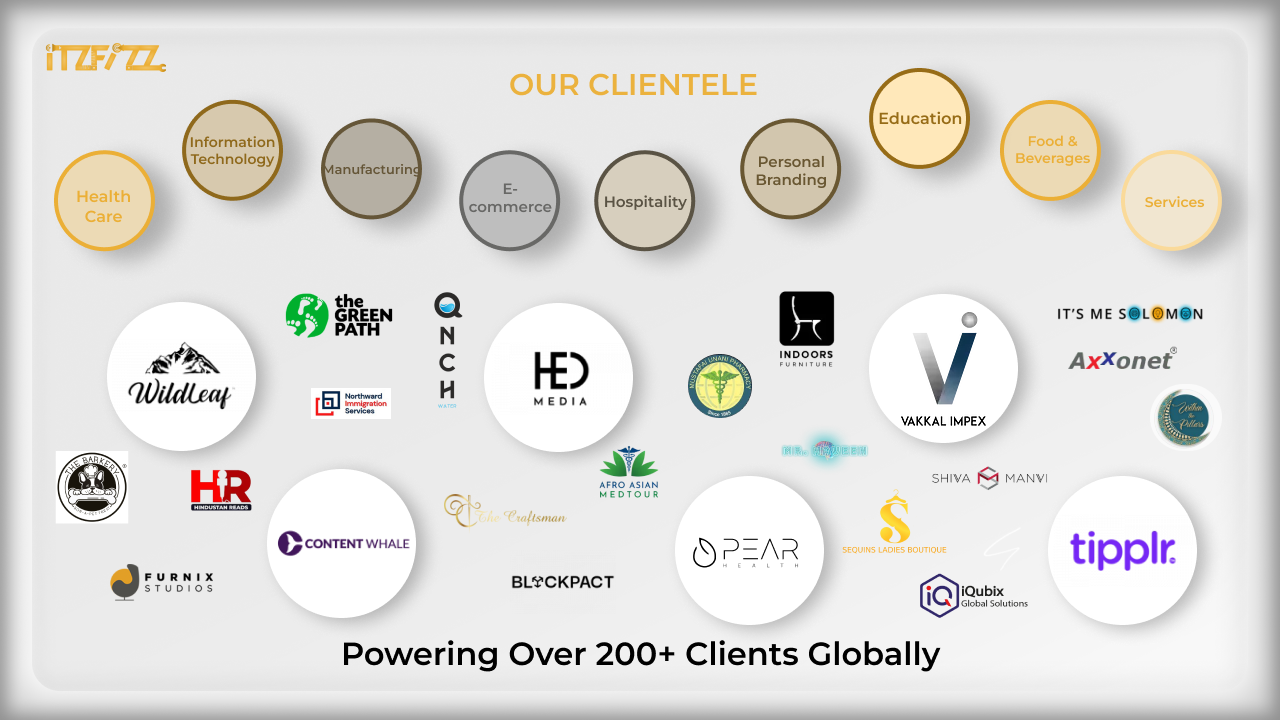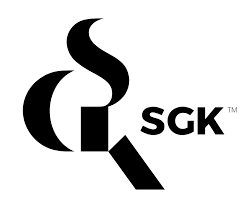Introduction to Targeting in Marketing
Within the field of online marketing, targeting is an essential concept that propels campaigns towards accuracy and effect. It involves turning wide outreach into targeted interactions by carefully choosing particular audience subsets based on behaviours, psychographics, and demographics.
Targeting is a dynamic approach to creating messages that resonate with the right audience at the right time, not just a strategy. In an information-rich environment, knowing your audience is essential to success because getting the right audience to pay attention to you is critical. Marketers may create stronger connections with their audience and increase engagement and conversions by customising messages to suit their needs and preferences.
By going beyond generic messaging and developing experiences that are specifically catered to particular segments, effective targeting increases the efficacy of modern marketing. It enables marketers to deliver messages that resonate with audiences, resulting in higher engagement, conversion rates, and overall campaign success.
However, effective targeting requires a nuanced understanding of the diverse factors influencing consumer behaviour and decision-making.
Understanding the Target Audience
To embark on a successful targeting journey, it’s imperative to comprehend the significance of identifying and understanding the target audience. The audience is not a monolithic entity; it’s a diverse group with varying needs, preferences, and behaviours.
Identifying and understanding the target audience lays the foundation for effective communication. By recognising the nuances of your audience, you can tailor your messages to resonate with their unique characteristics, ensuring a more meaningful connection.
Methods for Defining Target Audience
Defining the target audience involves delving into demographics, psychographics, and behaviours.
These three pillars provide a holistic view of the audience:
- Demographics: Understanding the age, gender, location, income, and other demographic factors helps in creating targeted content that aligns with the audience’s basic characteristics.
- Psychographics: Delving into the audience’s values, beliefs, interests, and lifestyle choices provides insights into their motivations and decision-making processes.
- Behaviours: Analysing consumer behaviours, such as purchasing habits, online interactions, and responses to marketing stimuli, helps in predicting future actions and tailoring campaigns accordingly.
Examples of Tools and Resources for Audience Research
In the digital age, the quest for audience insights is aided by a plethora of tools and resources. Here are a few examples:
- Google Analytics: Observe online behaviour, website interactions, and the demographics of your audience.
- Social Media Insights: Platforms like Facebook and Instagram offer valuable data on audience demographics, interests, and engagement patterns.
- Surveys and Feedback Forms: Directly engage with your audience to gather specific insights and preferences.
Incorporating Marketing Tools
Utilise marketing tools like SEMRush, HubSpot, and Marketo to streamline audience research and gain in-depth insights into potential customers.
- Niche Marketing Strategy and Market Segments: Explore the power of a niche marketing strategy to tap into specific market segments. A well-crafted niche approach, guided by insights from market segments, can position your brand uniquely in the competitive landscape.
- Role of a Marketing Manager: A marketing manager plays a pivotal role in orchestrating effective strategies to identify, understand, and target potential customers. Their leadership ensures that the team utilises the best Google marketing tools and implements niche marketing strategies for various market segments.
Segmentation Strategies
In the landscape of internet marketing, the art of segmentation plays a pivotal role in refining targeting efforts. Using preset criteria, market segmentation involves breaking up a heterogeneous market into smaller, easier-to-manage groups. This strategic approach allows marketers to tailor their efforts to the unique needs and characteristics of each segment.
Segmentation is the cornerstone of effective targeting. It recognises that not all consumers are the same, and by identifying distinct segments, marketers can deploy strategies that resonate with specific groups, leading to more impactful campaigns.
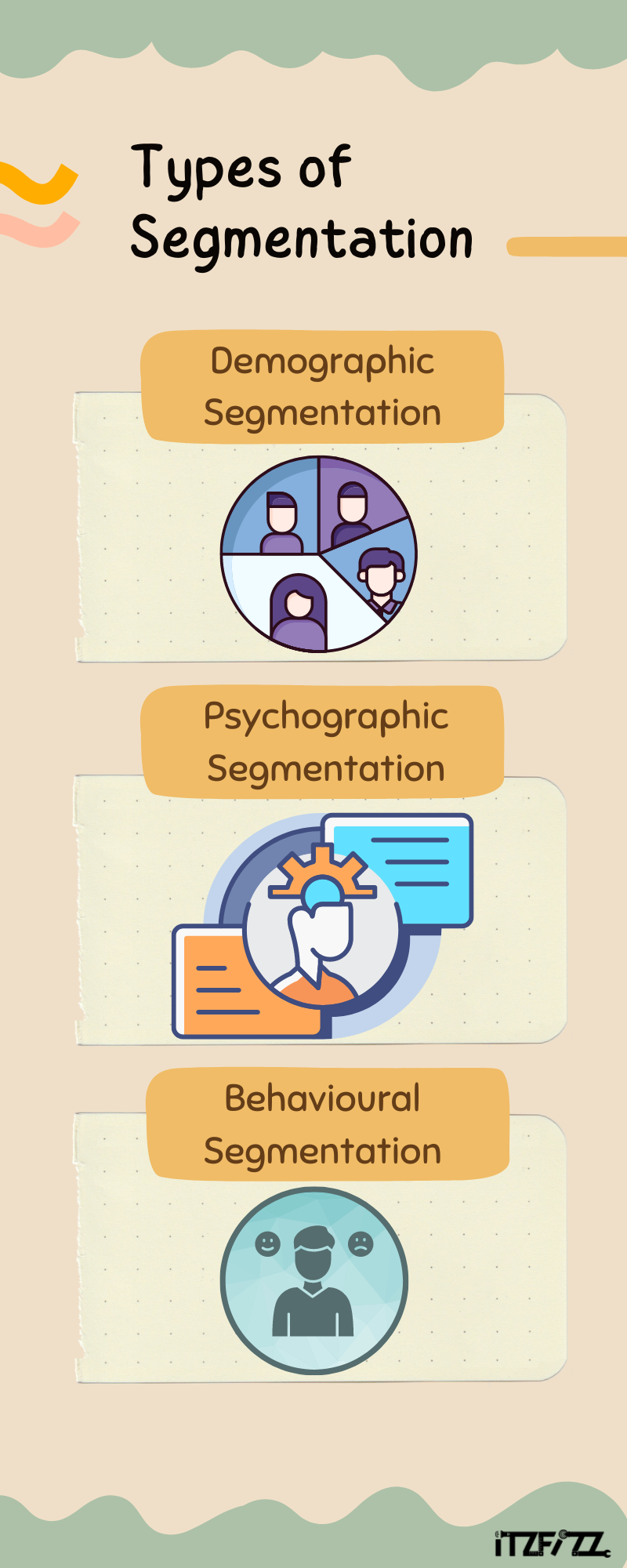
Types of segmentation:
Understanding the diverse dimensions of segmentation is crucial for crafting nuanced targeting strategies. Let’s explore three key types:
- Demographic Segmentation:
Dividing the market based on demographic characteristics such as age, gender, marital status, income level, and age range.
Real-World Example: Consider a skincare brand that tailors its messaging and products differently for a segment of young adults seeking preventive care and an older segment focusing on anti-ageing solutions. - Psychographic Segmentation: Categorising consumers based on psychological traits, lifestyle, values, and interests.
Real-World Example: An outdoor adventure brand may segment its audience based on adventurous lifestyles, creating targeted content and products for those who seek thrilling experiences. - Behavioural Segmentation:
Segmenting is based on consumer behaviours, including purchasing patterns, product usage, and brand interactions.
Real-World Example: An e-commerce platform may identify a segment of frequent shoppers who are price-sensitive and deploy personalised discounts to enhance loyalty.
Case Studies Highlighting Successful Segmentation Strategies
- Starbucks: Starbucks excels in demographic segmentation by tailoring its offerings based on age and lifestyle. Their marketing approach targets young professionals seeking a trendy coffee experience while also catering to families with cosy spaces and diverse beverage options (Demographic Targeting).
- Apple: Apple has mastered psychographic segmentation by aligning its products with a lifestyle of innovation and creativity. Their marketing resonates with consumers who value sleek design, cutting-edge technology, and a seamless user experience. (Psychographic Segmentation).
- Amazon: Amazon‘s success lies in its mastery of behavioural segmentation. By analysing consumer behaviours on the platform, they personalise recommendations, promotions, and even email marketing to cater to individual preferences, fostering a sense of personalisation( Behavioral Segmentation)( Behavioural Segmentation).
Personalisation Techniques
Personalisation is becoming a powerful tool in the dynamic field of marketing to improve customer experiences and target more precisely. Customising communications, offers, and interactions to each individual customer’s unique requirements and preferences is known as personalisation in targeting.
As markets evolve, customers increasingly seek personalised experiences. A one-size-fits-all approach no longer suffices in a landscape where consumers expect brands to understand their unique requirements.
Examples of personalised marketing tactics
To delve into the realm of personalisation, let’s explore key tactics that bring the concept to life:
- Personalised Messages: Craft messages that resonate with the distinct characteristics of each customer segment. For instance, a technology brand may send personalised messages about the latest gadgets to tech enthusiasts while focusing on user-friendly features for a broader audience.
- Buyer Persona: Develop detailed buyer personas for different segments, including considerations such as education level. By understanding the demographics, motivations, and challenges of each persona, marketers can tailor content and offers more effectively.
- Marketing Efforts for Niche Markets: In niche markets, where specific needs drive consumer behaviour, personalised marketing efforts become paramount. An organic skincare brand, for example, may emphasise the use of natural ingredients in marketing campaigns tailored to health-conscious consumers.
The Targeting Process and Its Role in Personalisation
The targeting process serves as the conduit through which personalisation is infused into marketing strategies.
- Identification of Customer Segments: Recognise primary and secondary target markets, considering factors like education level. This forms the basis for personalised approaches tailored to the unique attributes of each segment.
- Crafting personalised marketing campaigns: Develop digital marketing campaigns that speak directly to the diverse needs within the larger market. For instance, an online learning platform might create personalised campaigns highlighting advanced courses for segments with higher education levels.
Real-world examples of effective personalisation
- Amazon: Amazon’s recommendation engine analyses customer behaviour to offer personalised product suggestions. If a customer has shown interest in educational books, the platform will prioritise showcasing relevant titles (Personalised recommendations).
- Spotify: Spotify leverages user data to curate personalised playlists based on listening habits. This level of personalisation ensures that users discover new music aligned with their preferences, including educational podcasts for those interested in learning on the go (Tailored Playlists).
Behavioural Targeting
In the dynamic landscape of marketing, behavioural targeting stands out as a strategic approach to engaging consumers based on their actions, preferences, and online behaviour. This technique moves beyond demographic and psychographic traits, focusing on how users interact with digital content.
Advantages: Behavioural targeting provides several advantages, allowing marketers to connect with audiences on a more personal level and deliver content that aligns with their interests and actions.
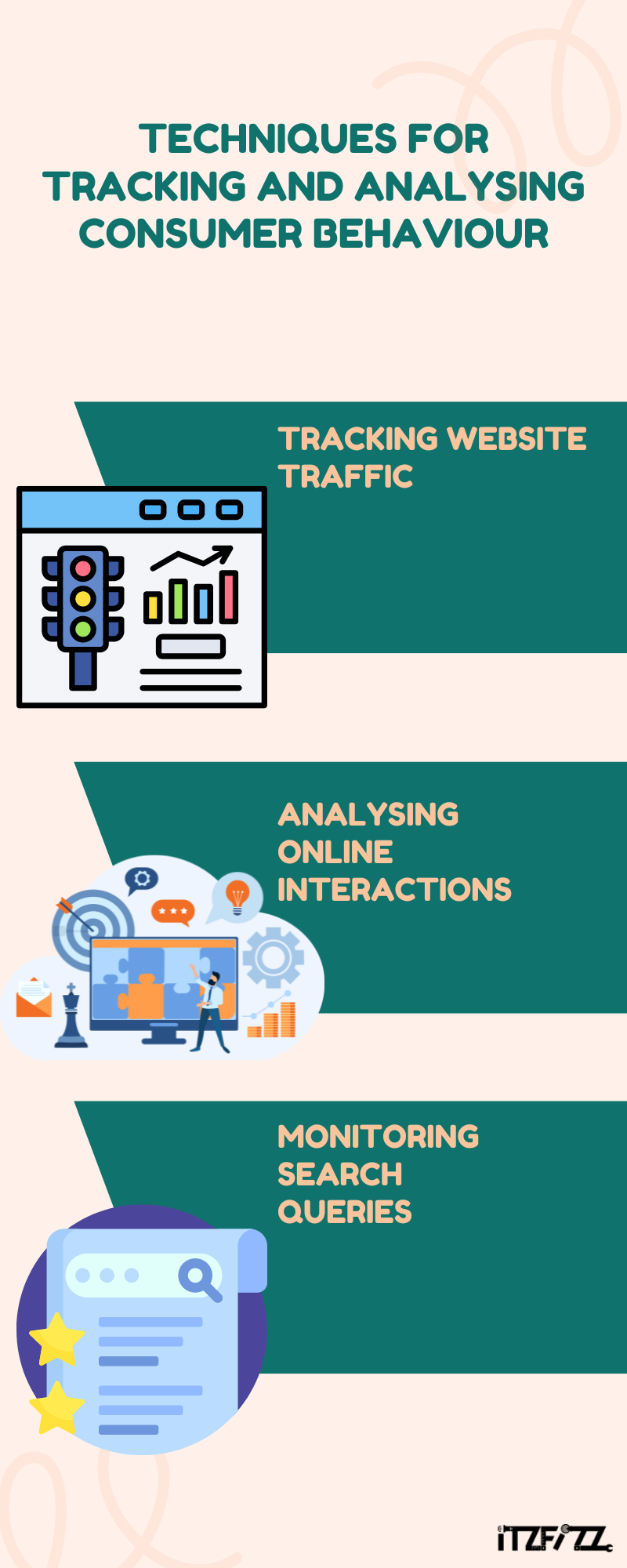
Techniques for Tracking and Analysing Consumer Behaviour
To effectively implement behavioural targeting, marketers employ various techniques to track and analyse consumer behaviour.
- Tracking Website Traffic: Utilise tools like Google Analytics to monitor organic traffic and understand how users navigate and engage with your website.
- Analysing Online Interactions: Examine user interactions on social media platforms, identifying patterns and preferences in content consumption.
- Monitoring Search Queries: Use search engine data to gain insights into user intent and preferences, tailoring content to match common search queries.
Real-world examples illustrate effective behavioural targeting campaigns.
- Amazon: Amazon’s behavioural targeting prowess is evident in its personalised product recommendations. By analysing users’ past purchases and browsing history, the platform suggests products aligned with individual preferences, enhancing the overall shopping experience (Product Recommendations).
- Netflix: Netflix employs behavioural targeting to recommend movies and TV shows based on users’ viewing histories. By understanding preferences, Netflix keeps users engaged with content tailored to their tastes (Content Suggestions).
Behavioural Targeting for Different Company Sizes and Customer Bases
Behavioural targeting is adaptable to diverse business scenarios, considering factors like company size and customer base.
- Small Businesses and Local Targeting: Small businesses can leverage behavioural targeting to connect with local audiences, tailoring messages to address specific preferences and needs. For instance, a local bookstore can use online behaviour data to recommend books of interest to its community.
- Large Corporations and Global Reach: Large corporations with a global reach can implement behavioural targeting on a larger scale. For example, an international e-commerce giant can analyse the online behaviour of users worldwide to personalise website experiences and promotional campaigns.
- Disposable Income and Its Impact on Behavioural Targeting: Understanding the disposable income of a target market is integral to effective behavioural targeting.
- Impact on Targeting: Consumers with higher disposable incomes may respond differently to marketing messages than those with limited budgets. Behavioural targeting can be adapted to showcase premium offerings to those with higher disposable income while emphasising cost-effective options for others.
Location-Based Targeting
In the dynamic landscape of marketing,location-based targeting emerges as a strategic approach to connecting with audiences based on their geographical location. This technique recognises the impact of location on consumer behaviour and tailors marketing efforts accordingly.
Applications: Location-based targeting finds diverse applications across industries, allowing marketers to refine their strategies based on the geographic context of their audience.
Strategies for Targeting Consumers Based on Geographic Location
Effective geographic targeting in marketing involves deploying specific strategies to resonate with audiences in different locations:
- Localised Content Creation: Craft content that speaks directly to the unique attributes and preferences of audiences in specific regions. This could include language variations, cultural references, and location-specific promotions.
- Regional Promotional Strategies: Tailor promotional strategies to match the economic conditions and preferences of different locations. For example, affluent individuals in certain regions may respond well to exclusive offers and premium services.
Examples of Location-Based Targeting in Marketing and Advertising
- Starbucks: When customers are close to a Starbucks location, Starbucks uses location-based targeting through its mobile app to send them personalised offers and promotions. This tactic promotes instant interaction and increases foot traffic (Location-Based mobile Offers):.
- Uber: Uber employs dynamic pricing based on the demand and supply of rides in specific locations. This location-based strategy ensures optimal pricing and availability, enhancing the overall user experience (Dynamic Pricing Based on Location).
Adapting Geographic Targeting for Different Digital Channels
Location-based targeting is adaptable across various digital channels, amplifying its effectiveness.
- Social Media Platforms: Utilise location data on platforms like Facebook and Instagram to target users based on their current location or recent travel patterns.
- Search Engine Marketing: Incorporate location-based keywords in SEO campaigns to capture the attention of users searching for products or services in specific geographic areas.
Geographic Targeting in the Entire Market
While geographic targeting often involves focusing on specific regions, it can also be applied to the entire market.
- National Campaigns with Regional Nuances: National campaigns can incorporate regional nuances to resonate with diverse audiences. A clothing retailer, for instance, may adjust its marketing plan to showcase season-specific products based on the geographic location of the target audience.
- Global Reach with Local Appeal: For businesses with a global reach, adapting marketing messages to local preferences ensures that promotional strategies align with the unique characteristics of diverse markets.
Interest-Based Targeting
In the ever-evolving landscape of marketing, interest-based targeting emerges as a strategic approach that centres on understanding and aligning with the diverse interests and preferences of consumers. This method goes beyond demographics, tapping into the motivations and passions that drive consumer behaviour.
In a world inundated with information, capturing the attention of consumers requires more than demographic insights. Interest-based targeting allows marketers to connect with audiences on a deeper level, delivering content that resonates with their hobbies, values, and lifestyle preferences.
Methods for Identifying Consumer Interests and Preferences
Effectively implementing interest-based targeting requires a nuanced understanding of consumer interests and preferences. Here are key methods:
- Social Media Analysis: Scrutinise social media interactions to discern consumer interests, lifestyle preferences, and likes. Platforms like Facebook and Instagram provide valuable insights into the content that resonates with specific audiences.
- Online Surveys and Feedback: Directly engage with the audience through surveys and feedback forms to gather insights into their interests and preferences. This method allows for the collection of specific data tailored to your target market.
- Common Method: Utilise common methods such as keyword analysis, website analytics, and customer interviews to identify prevalent interests and preferences within your target market.
Real-World Examples Showcasing Successful Interest-Based Targeting Initiatives
- Spotify: Spotify employs interest-based targeting to curate personalised playlists for users based on their music preferences and lifestyle choices. This strategy not only enhances the user experience but also ensures that promotional content aligns with individual interests (personalised playlists).
- Airbnb: Airbnb uses interest-based targeting to recommend accommodations based on users’ past bookings and preferences. By aligning recommendations with travellers’ interests and lifestyle preferences, Airbnb enhances the likelihood of bookings and customer satisfaction (Tailored Recommendations).
Interest-Based Targeting for Different Marketing Approaches:
Interest-based targeting adapts to various marketing approaches, offering versatility in connecting with audiences.
- Content Marketing: Craft content that aligns with the interests and lifestyle preferences of your target audience. For instance, a fitness brand may create blog posts, videos, and social media content centred around health and wellness for an audience with a keen interest in fitness.
- Social Media Marketing: Social media marketing allows the user to customize social media campaigns to align with specific interests and lifestyle preferences. Platforms like Pinterest allow marketers to reach users based on their interests, ensuring that promotional content is relevant and engaging.
Case Studies Showcasing Successful Interest-Based Targeting
- Nike Running Club App: Nike‘s Running Club app employs interest-based targeting to provide personalised training plans and content tailored to users’ running goals and lifestyle preferences. This promotes brand loyalty in addition to increasing user engagement.
- Google AdWords: Google AdWords allows advertisers to target audiences based on interest categories, ensuring that ads reach users with specific interests and lifestyle preferences. This level of granularity enhances the effectiveness of ad campaigns, reaching audiences most likely to engage.
Retargeting and remarketing
In the dynamic landscape of digital marketing, retargeting and remarketing emerge as strategic techniques designed to re-engage with individuals who have previously interacted with a brand or visited its website. These approaches recognise the value of reconnecting with potential customers who have shown initial interest.
The primary goal of retargeting and remarketing is to bring back users who may not have completed desired actions, such as making a purchase or filling out a form, during their initial visit. By staying top-of-mind and tailoring messages, brands aim to convert these warm leads into customers.
Strategies for Re-engaging with Past Website Visitors and Customers
Implementing successful retargeting and remarketing campaigns involves employing specific strategies to effectively re-engage with past visitors and customers.
- Dynamic Ad Content: Utilise dynamic ads that automatically adjust content based on users’ past interactions with the website. This can include showcasing previously viewed products and encouraging users to complete a purchase.
- Abandoned Cart Remarketing: Target users who abandoned their shopping carts by sending reminders and incentives, such as discounts or free shipping, to encourage them to return and complete the purchase.
Tools and Platforms for Implementing Retargeting Campaigns:
To execute retargeting and remarketing campaigns successfully, marketers leverage various tools and platforms, including:
- Google Ads Remarketing: Utilise Google Ads to create targeted ads for users who visited specific pages of the website but did not convert. Google Ads allow for tailored messaging based on user behaviour.
- Facebook Pixel: Implement the Facebook Pixel to track user interactions on the website and deliver personalised ads on Facebook. This tool enables precise targeting based on user behaviour and preferences.
Measuring and Optimising Retargeting Effectiveness:
Maintaining success requires a thorough understanding of critical metrics and optimising retargeting efforts.
- Key Metrics: Monitor key metrics, including click-through rates, conversion rates, and return on ad spend, to gauge the effectiveness of retargeting campaigns.
- Optimisation Strategies: Continuously optimise campaigns by adjusting ad creatives, targeting criteria, and messaging based on performance data. A/B testing can be employed to refine strategies and enhance effectiveness.
Measuring Targeting Effectiveness
Here are crucial metrics for evaluating targeting effectiveness:
- Conversion Rate: Calculate the proportion of visitors who completed the intended action, such as buying something or completing a form. A higher conversion rate indicates effective targeting.
- Click-Through Rate (CTR): Evaluate the percentage of users who clicked on an ad or promotional content. A high CTR suggests that the messaging resonates with the target audience.
- Engagement Rate: Assess the overall engagement with the content, including likes, shares, and comments. A higher engagement rate indicates that the content is capturing the attention of the audience
- Dwell time: Dwell time is the amount of time a user stays on a webpage after clicking through from one search engine result page to another before going back to the search results page. Being able to show the quality and relevance of the content to the user’s query makes it a frequently used engagement metric.
Methods for Tracking and Analysing Target Performance:
To gain complete insights into targeting performance, marketers employ various methods for tracking and analysis:
- Attribution Models: Utilise attribution models to understand the contribution of different touchpoints in the customer journey. This helps in assigning value to each interaction and optimising targeting strategies accordingly.
- Customer Feedback and Surveys: Collect direct feedback from customers through surveys and reviews. Analysing customer responses provides qualitative data that complements quantitative metrics.
Case Studies:
Google Analytics’s Conversion Tracking: Google Analytics provides robust tools for conversion tracking, allowing marketers to attribute conversions to specific channels and campaigns. By analysing this data, marketers can optimise targeting efforts for maximum impact.
Continuous Optimisation of Targeting Strategies
The dynamic nature of digital marketing requires continuous optimisation of targeting strategies to adapt to changing consumer behaviour and market trends.
- A/B Testing: Conduct A/B testing to compare different versions of ads, messages, or targeting criteria. This iterative process helps identify the most effective elements and refine strategies accordingly.
- Data Analysis and Iterative Adjustments: Regularly analyse performance data and make iterative adjustments to targeting strategies. This involves refining audience segments, adjusting messaging, and optimising the use of channels based on real-time insights.
Conclusion
As we conclude our analysis of targeting strategies in marketing, it is crucial to enumerate the key concepts and methods discussed in this blog post. The first step towards improving marketing effectiveness is realising how important targeting is. We have explored a number of techniques for identifying the psychographics, behaviours, and demographics of target audiences, empowering marketers to create customised campaigns.
Segmentation techniques like psychographic, demographic, and behavioural segmentation were explored with real-world examples, and their usefulness in successfully targeting niche markets was shown. In addition, it was noted that using personalisation strategies to create buyer personas and customised messages is essential to engaging audiences more deeply.
Not only is targeting in marketing important, but it is also a key factor in success.
Through the use of a variety of targeting techniques and ongoing optimisation informed by performance data, marketers are able to navigate the ever-changing market and produce significant outcomes effectively.
Effective targeting is a never-ending process that requires creativity, adaptation, and a thorough comprehension of the audience’s constantly shifting preferences. Adopting focused strategies is becoming increasingly essential as the marketing environment changes if you want to stay ahead of the competition.



